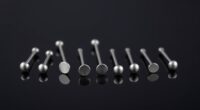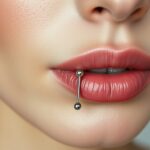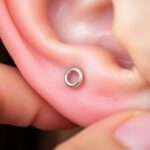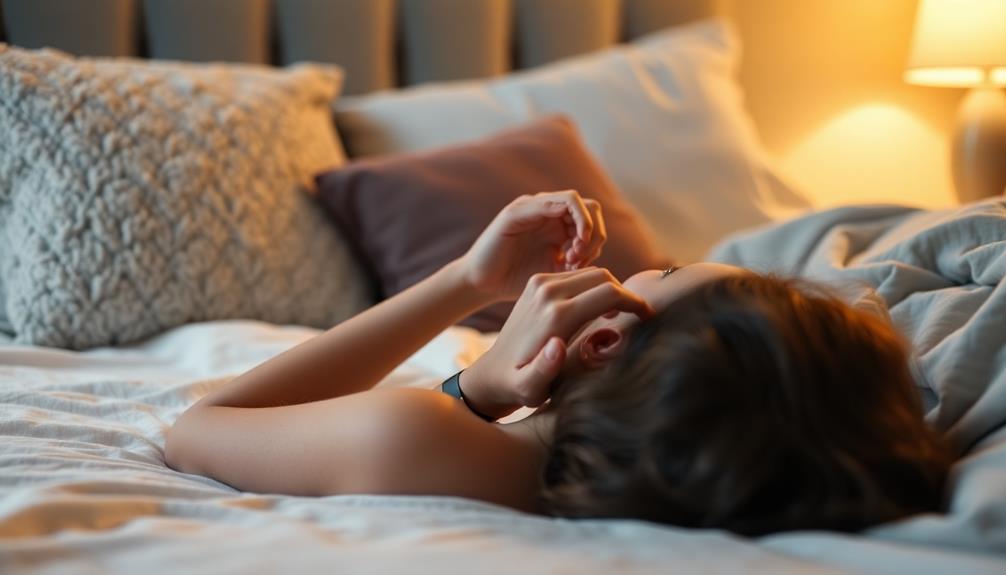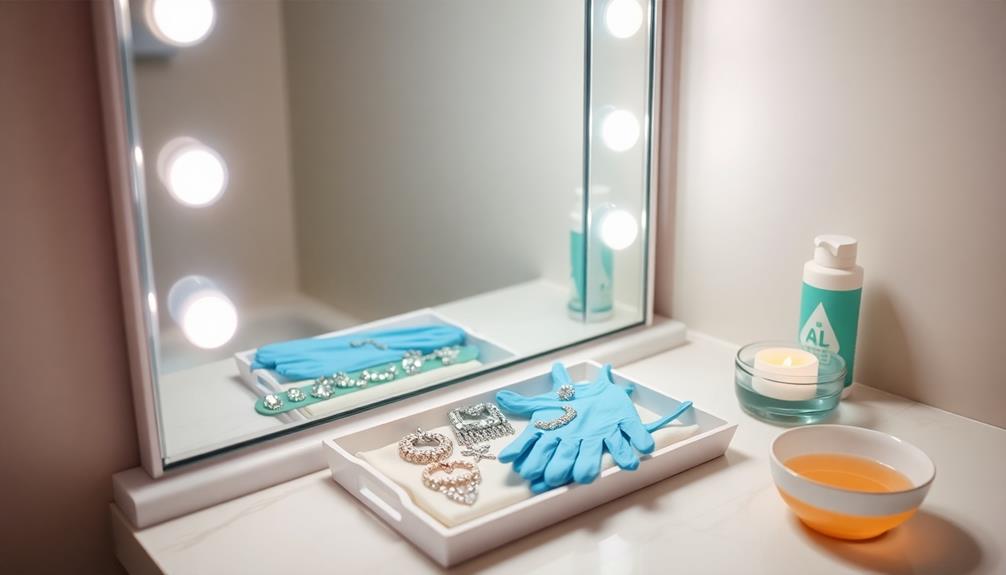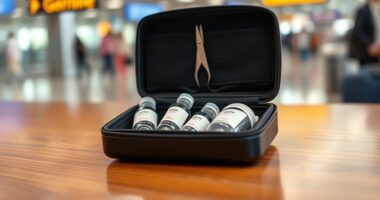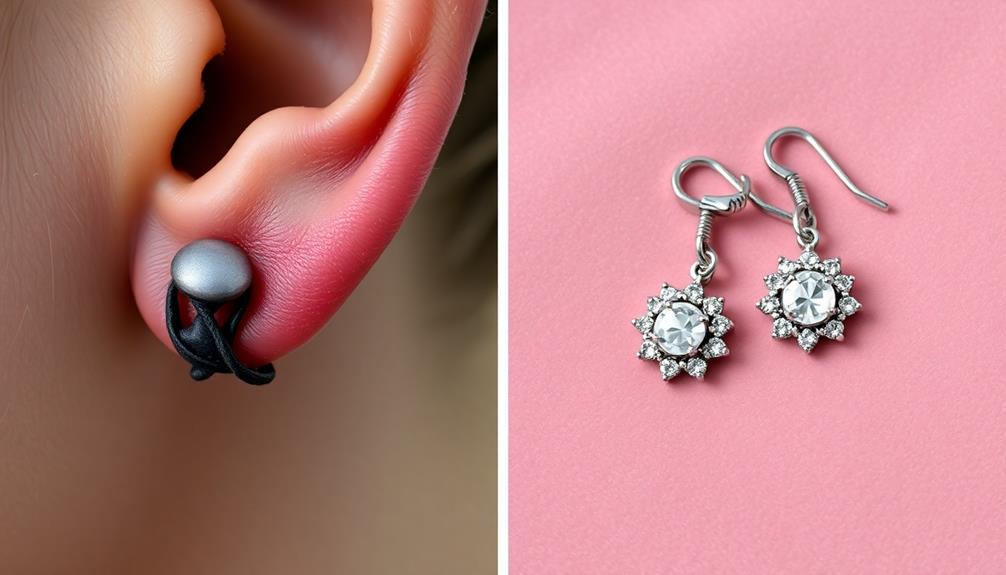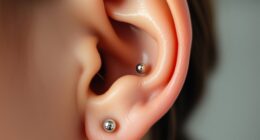Many beliefs about alcohol and peroxide as disinfectants are outdated or oversimplified. Alcohol, at proper concentrations, effectively kills bacteria and some viruses but can damage certain materials and evaporates quickly. Hydrogen peroxide works well in specific situations but can discolor surfaces and loses potency when exposed to light. Mixing these substances doesn’t enhance their effectiveness and can be dangerous. To stay safe and disinfect properly, it is crucial to follow current guidelines; explore more to get the full picture.
Key Takeaways
- Proper alcohol concentration (60-70%) is essential; lower levels may not disinfect effectively.
- Hydrogen peroxide is effective but degrades over time and can damage certain materials.
- Mixing alcohol and peroxide is unsafe and does not improve disinfectant efficacy.
- Both disinfectants have limitations; they are not universal solutions for all surfaces or pathogens.
- Following current guidelines and good hygiene practices is more reliable than outdated advice or myths.
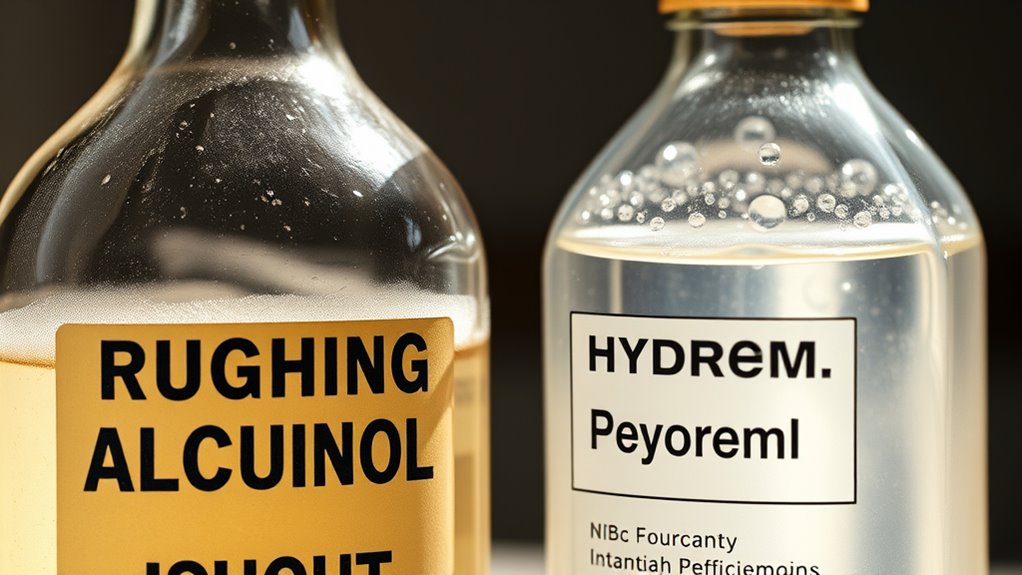
Have you ever wondered how alcohol and peroxide really work when it comes to cleaning or disinfecting? Many people turn to home remedies, thinking that simple solutions like rubbing alcohol or hydrogen peroxide can instantly eliminate germs and bacteria. However, there’s a lot of misinformation floating around about these substances, often fueled by disinfectant myths. It’s time to separate fact from fiction and understand how these agents truly work.
First, let’s clarify what alcohol does. Rubbing alcohol, typically containing isopropyl alcohol or ethanol, is effective at killing many types of germs, including bacteria and some viruses. It works by denaturing proteins and dissolving lipids, which damages the cell membranes of microbes. But it’s important to note that alcohol isn’t a magic disinfectant. Its effectiveness depends on concentration; solutions need to be at least 60-70% alcohol to work properly. Anything lower may not disinfect thoroughly. Despite this, some disinfectant myths suggest that rubbing alcohol can be used on all surfaces without issue, but it can damage certain plastics and paints, and it evaporates quickly, sometimes before fully disinfecting.
Rubbing alcohol kills germs effectively at 60-70%, but can damage surfaces and evaporates quickly.
Hydrogen peroxide is another common household disinfectant. It kills bacteria and viruses by producing reactive oxygen species that damage cellular components. Many people believe peroxide is the best all-purpose disinfectant, but that’s a misconception. While it’s effective for wound cleaning and surface disinfection, it’s not suitable for all materials because it can cause discoloration or corrosion. Plus, peroxide degrades over time, especially when exposed to light, reducing its potency. It’s also often mistaken for a universal disinfectant, but in reality, it’s best used in specific situations rather than as a catch-all cleaning agent.
Many home remedies and disinfectant myths promote the idea that mixing alcohol and peroxide enhances their disinfecting power. That’s false and can be dangerous. These substances should be used separately, according to proper guidelines, because combining them can produce harmful compounds or reduce their effectiveness. Relying solely on these remedies without understanding their limitations can lead to a false sense of security, risking infection or contamination.
In truth, while alcohol and peroxide are useful disinfectants, they are not infallible. They work best when used correctly and in appropriate situations. The key is understanding their limitations, avoiding outdated advice, and not falling for disinfectant myths that oversimplify their capabilities. Proper cleaning, along with good hygiene practices, remains essential to effectively reducing germs and keeping yourself safe. Additionally, scientific research continuously updates our understanding of how these disinfectants perform under different conditions, emphasizing the importance of following current guidelines.
Frequently Asked Questions
Can Alcohol or Peroxide Be Used to Treat Internal Infections?
You might wonder if alcohol or peroxide can treat internal infections, but it’s unsafe to try. These substances aren’t designed for internal use and can cause serious damage, making them an unsafe treatment option. Instead of risking your health, see a healthcare professional for proper diagnosis and treatment. Internal infections require medical attention, and self-treating with alcohol or peroxide could worsen the condition or lead to complications.
Are There Any Safe Household Uses for Peroxide and Alcohol?
You can use peroxide and alcohol for some safe household cleaning and DIY disinfectants. For example, hydrogen peroxide kills germs on surfaces, making it useful for disinfecting countertops and cutting boards. Rubbing alcohol is effective for cleaning electronics and mirrors. However, avoid ingesting these substances or applying them to your skin excessively. Always dilute and use in well-ventilated areas, and follow safety instructions for effective, safe household cleaning.
Do Alcohol and Peroxide Have Any Benefits for Skin Care?
You might wonder if alcohol and peroxide have benefits for skincare. While they do offer antiseptic benefits, using them directly on your skin isn’t recommended, as they can cause irritation and hinder skin healing. Instead, rely on gentle, proven skincare products. If you’re looking for antiseptic options, consider products specifically formulated for skincare that support healing without damaging your skin’s natural barrier.
Is Mixing Alcohol and Peroxide Dangerous or Effective?
Mixing alcohol and peroxide may seem like a quick fix, but it’s a risky recipe. You might think it’s effective for disinfecting, but it actually amplifies antiseptic misconceptions and raises toxicity concerns. The combination can cause skin irritation, burns, or worse, systemic harm. Instead, stick with safe, proven disinfectants, and avoid mixing chemicals that could damage your skin or health. Better safe than sorry—protect yourself from potential peril.
Are There Any Age Restrictions for Using These Substances?
You should be aware that age restrictions and legal guidelines vary depending on your location. Typically, alcohol consumption is restricted to those 21 and over in many places, while peroxide use, often for first aid, generally doesn’t have age limits but should always be used cautiously and under supervision if needed. Always check local laws and guidelines to ensure safe and legal use of these substances.
Conclusion
Now that you know the truth about alcohol and peroxide, you can see past the fog of outdated advice. Imagine each drop as a clear, shimmering jewel, ready to serve its purpose without unnecessary fear. With this knowledge, you hold the power to make informed choices, confidently steering the world of antiseptics. Let go of myths and embrace the clarity of modern science—your skin, your health, and your peace of mind will thank you.
I’m Gillian. I love piercings and tattoos- there’s something about the way they make your body look that just makes me happy. I started this blog to share my passion for piercings and tattoos with the world and to help people who are thinking of getting their first piercing or tattoo.
I’ve been writing about piercings and tattoos for a while now on piercings-body.com. I love sharing my knowledge with others and helping people make informed decisions about their bodies.


